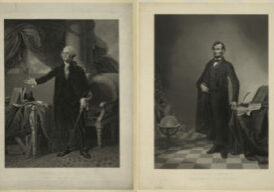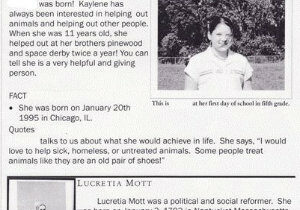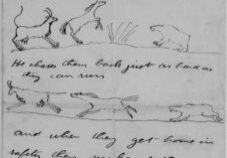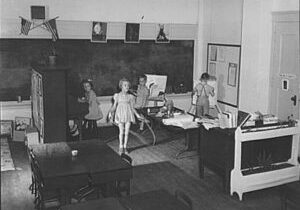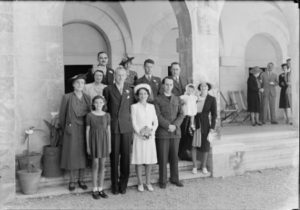Lesson Plans
Pledge of Allegiance Image Sequencing
Most school children in the United States recite the Pledge of Allegiance every morning. But what does the pledge really mean? By analyzing primary source images and pairing them with the text, students deepen their understanding of a citizen's commitment to country. After, students create and decorate their own pledge to family, heritage, culture, class, or school.
For United America, YWCA
Students analyze a poster to investigate audience and creator purpose, then conduct research to learn more about the YWCA in order inform creation of a poster that conveys the advocacy organization's mission and reaches out to women today.

